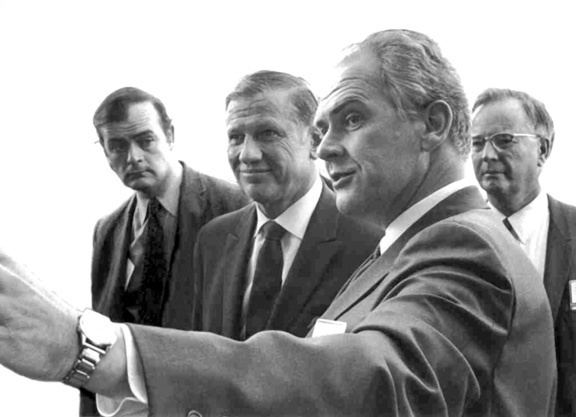Name Lawrence Edwards | ||
 | ||
Lawrence edwards awakening kundalini
Lawrence (Larry) K. Edwards (July 10, 1919 – April 4, 2009) was an American innovator in aerospace and ground transportation. Early in his career, he pioneered technologies for U.S. space and missile defense programs. He went on to invent and promote high-speed Gravity-Vacuum Transit and monobeam rail transit. He obtained a total of 14 patents in those areas.
Contents
- Lawrence edwards awakening kundalini
- Lawrence edwards south african trade policy and the global trade environment
- Early life and education
- Accomplishments in aerospace
- Accomplishments in ground transportation
- Honors and awards
- Grants
- Professional affiliations
- References
Lawrence edwards south african trade policy and the global trade environment
Early life and education
Edwards, the son of a physics professor, was born in Delaware, Ohio, United States. Raised in Oxford, Ohio, he graduated Phi Beta Kappa from Miami University where he studied geology, math and physics.
Accomplishments in aerospace
Edwards played a role in the engineering of four of the nation's major aerospace programs:
Accomplishments in ground transportation
Edwards founded three firms dedicated to his innovations in ground transportation, Tube Transit Corp., Transit Innovations and Futrex Inc. His pursuits in this field include:
System 21 was praised by two Secretaries of Transportation and Vice President Al Gore as well as the Regional Plan Association in two federally supported books. In March 1989, the Federal Register noted, "This project has high technical merit representing an innovative technology which has a strong possibility of allowing for future reductions in the nation's energy consumption."
Honors and awards
Edwards was twice nominated by Lockheed executives for the National Medal of Technology, the highest U.S. honor for technological achievement. In 1980, NASA awarded him a team leadership award for his role in the Skylab Reentry Program. His inventions have been publicized in dozens of national newspapers, magazines and books. On three occasions, they were illustrated as "Patent of the Week" in the New York Times.
Grants
Edwards received six federal grants for his work in Gravity-Vacuum Transit and System 21. Additionally, $1.25 million in Commerce Department funds supported the construction of a functional scale model of System 21 in Charleston, South Carolina. It was unveiled in 1996.
Professional affiliations
Edwards was a member of the Society of Automotive Engineers and the Cosmos Club of Washington, an organization for those distinguished in science, literature and the arts. He was also an associate fellow of the American Institute of Aeronautics and Astronautics and a member of the American Society of Mechanical Engineers, American Society of Civil Engineers and the Transportation Research Board of the National Academy of Sciences.
